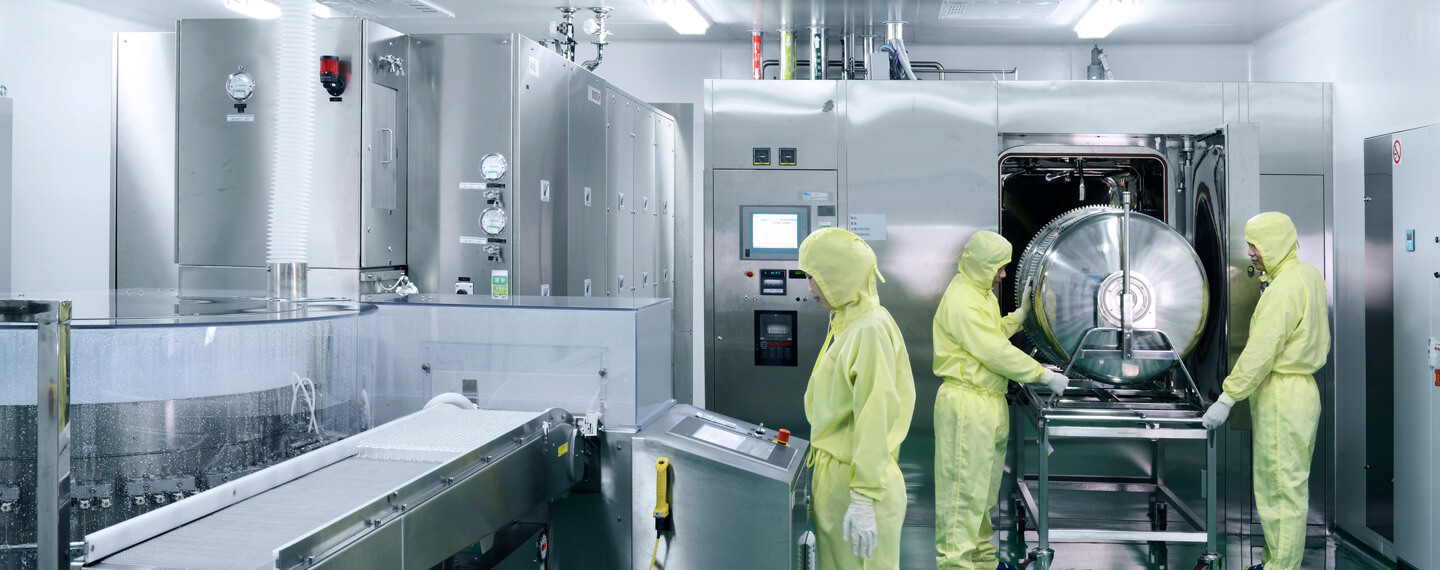Relationship Between B Grade and ISO Grade
In controlled environments, cleanroom grades are essential for ensuring product quality and safety. The B grade cleanroom, according to European Union regulations, corresponds to specific cleanliness standards that can be aligned with the ISO classification system, particularly ISO 14644.

Understanding B Grade Cleanrooms
B grade cleanrooms are defined as areas that maintain a maximum allowable particle count of 3,520 particles per cubic meter for particles ≥0.5 micrometers. These environments are critical for processes that require a moderate level of cleanliness, such as aseptic filling in pharmaceutical manufacturing.
ISO Classification Overview
iso 14644-1 provides a comprehensive framework for classifying cleanrooms based on airborne particulate contamination. The classifications range from ISO1 (the cleanest) to ISO9 (the least clean), with each class specifying limits for particles of varying sizes.

B Grade and ISOComparison
B grade cleanrooms typically align with ISO7 standards. While B grade allows up to 3,520 particles ≥0.5 micrometers, ISO ISO 7 permits a maximum of 352,000 particles for the same size. This reinforces the understanding that both classifications aim to ensure product safety through controlled environments.
Relevant Standards and Guidelines
ISO 14644-1: Cleanrooms and associated controlled environments - Part 1: Classification of air cleanliness
iso 14644-2: Cleanrooms and associated controlled environments - Part 2: monitoring to provide evidence of cleanroom performance related to air cleanliness by airborne particulate contamination
EU Guidelines for Good Manufacturing Practice: Medicinal Products for Human and Veterinary Use
The Difference Between Grade B and Grade C Cleanroom

Cleanliness Standards
Grade b Cleanrooms are designed to maintain a maximum of 3,520 particles ≥0.5 micrometers per cubic meter. In contrast, Grade C cleanrooms allow up to 352,000 particles, indicating a higher level of allowable contamination.
Applications
Grade b CleanRooms are typically used for critical processes, such as sterile drug filling and compounding. Grade c CleanRooms, however, are suitable for less sensitive operations, including packaging and assembly of non-sterile products.
Environmental Control
In Grade B cleanrooms, stringent environmental controls are enforced, including temperature, humidity, and airflow rates. Grade C Cleanrooms have more relaxed conditions, allowing for greater variability in environmental parameters while still maintaining basic cleanliness.
Class B Area in Pharmaceuticals

1. Applications in Aseptic Processing
Class B areas are primarily used for critical operations, such as sterile filling and compounding. The cleanroom conditions are essential to preventing contamination during the manufacturing of sterile pharmaceutical products.
2. Regulatory Compliance
Compliance with Class B standards is mandated by regulatory bodies, ensuring that manufacturers adhere to strict cleanliness protocols. This compliance is vital for maintaining product safety and meeting quality assurance requirements.
3. Monitoring Requirements
Regular environmental monitoring is essential in Class B areas to ensure compliance with cleanliness standards. This includes air and surface sampling to detect any potential contamination and ensure that particle levels remain within acceptable limits.
The Difference Between ISOand EU Grade

Overview of ISO Classes
ISO classes, outlined in ISO 14644, categorize cleanrooms based on the maximum allowable particle concentrations. The classifications range from ISO1 to ISO9, with lower numbers indicating cleaner environments.
Overview of EU Grades
EU grades, such as Grade A, B, C, and D, are defined in EU guidelines for Good Manufacturing Practice. These grades provide a framework for cleanliness in pharmaceutical manufacturing, with Grade A being the cleanest.

Classification Criteria
The criteria for ISO classes focus on the maximum permissible levels of airborne particulate contamination. In contrast, EU grades account for both particle counts and the intended use of the cleanroom, providing a broader regulatory framework for pharmaceutical environments.
Conclusion on Differences
Recognizing the differences between ISO classes and EU grades helps manufacturers choose the appropriate standards for their operations. This knowledge ensures that cleanliness and safety protocols meet both regulatory demands and industry best practices.
Class C Clean Air Zone

1. Applications in Manufacturing: Class C zones are commonly utilized for activities such as assembly, packaging, and non-sterile product manufacturing. These areas require controlled environments but do not demand the same stringent standards as Class B or A zones.
2. Environmental Control Measures: While Class C clean air zones have relaxed cleanliness requirements, basic environmental controls are still essential. These measures include maintaining proper airflow, humidity, and temperature to minimize contamination risks.
3. Personnel Practices: Personnel in Class C areas must adhere to standard hygiene practices, such as wearing appropriate garments and following basic cleanliness protocols. However, requirements are less stringent than those in Class B or A CleanRooms, allowing for greater operational flexibility.
 +86 18186671616
+86 18186671616 Jason@cleanroomequips.com
Jason@cleanroomequips.com
 MENU
MENU



